The Italian side of Williamsburg: History, famous joints, and today’s culture
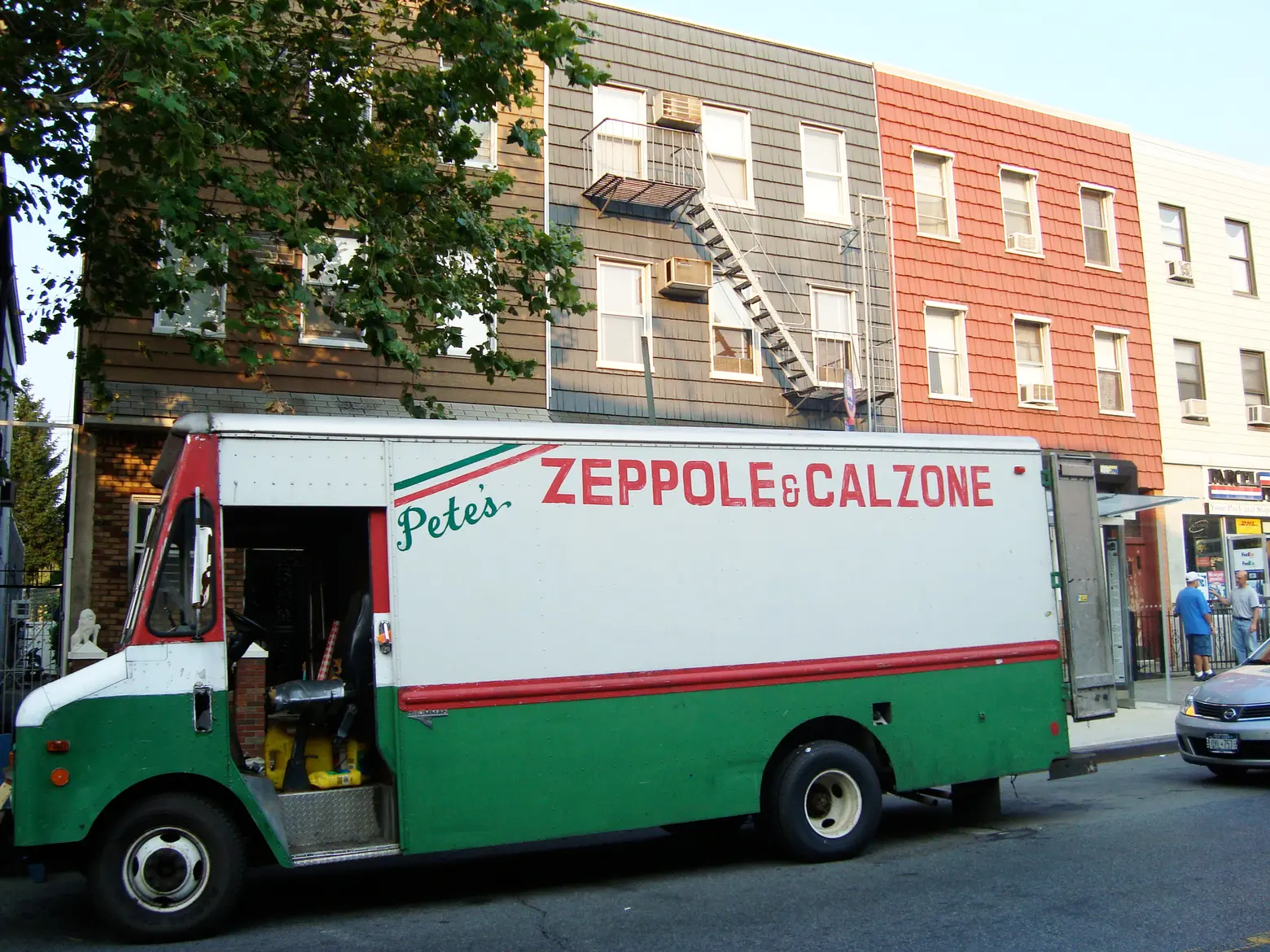
Photo via Flickr cc
A bustling Brooklyn enclave that is today an impossibly trendy and diverse mix of glassy condos, hip new restaurants and storefronts, and unassuming multi-family homes in the northeast section of Williamsburg was one of New York City’s notable Italian-American neighborhoods for much of the 20th century. While it may not have the tourist cachet of Manhattan’s Little Italy–or the old-fashioned village-y coziness of Carroll Gardens–this swath of the ‘burg, bounded roughly by Montrose, Union, Richardson, and Humboldt Streets, was a little bit of Italy in its own right from the 1800s until as late as the 1990s. The north end of Graham Avenue was even christened Via Vespucci to commemorate the historic Italian-American community.
HISTORY
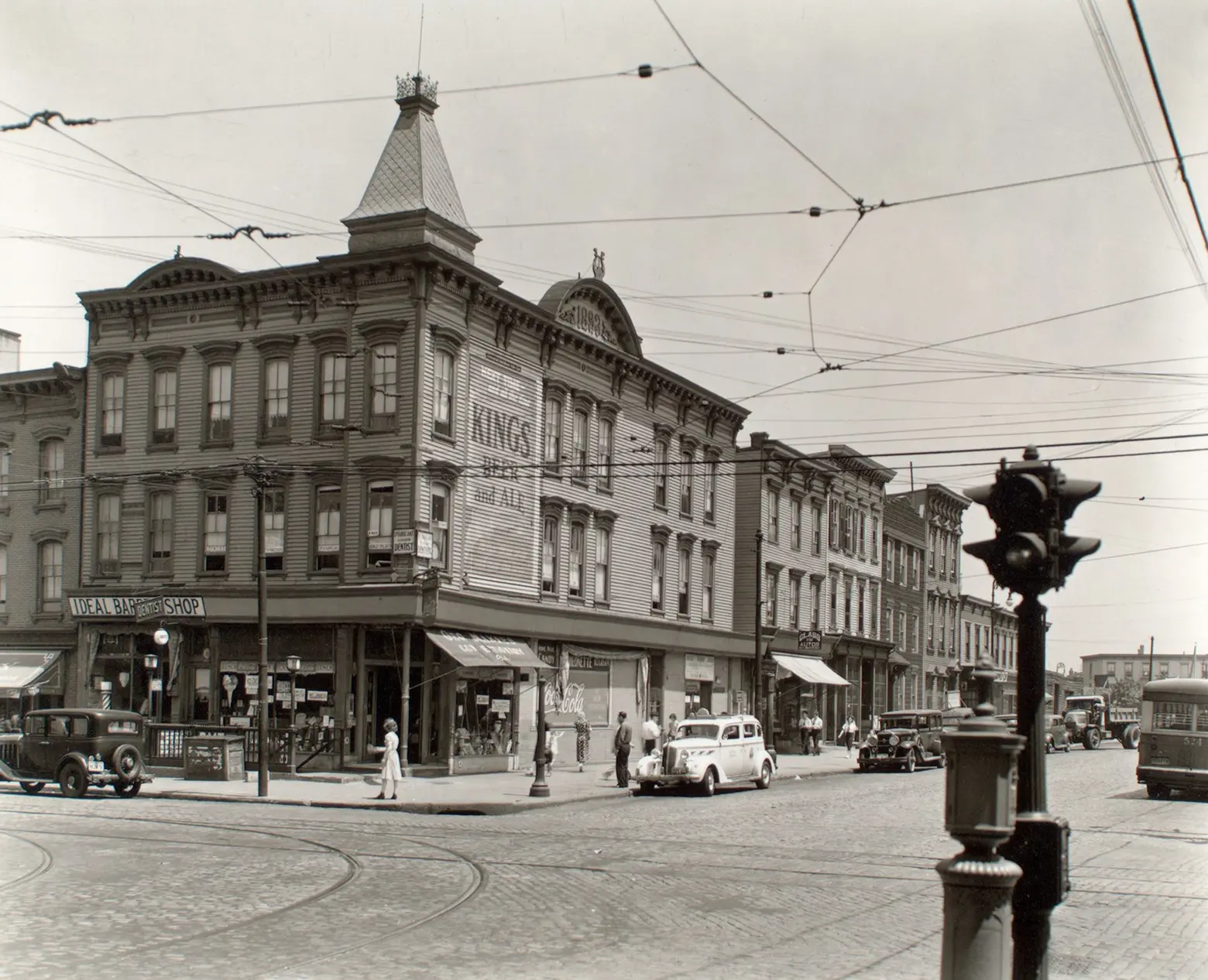
Graham and Metropolitan Avenues in 1937. Photo by Bernice Abbot, courtesy of NYPL.
The Italian newcomers who made their homes here were mostly from southern Italy but arrived at different times and for different reasons. The first large wave arrived from Italy between 1860 and 1880. With the opening of the Williamsburg Bridge in 1903, many also crossed the East River in the beginning of the next century to escape overcrowding and squalor on Manhattan’s Lower East Side. A second wave of Italian immigrants arrived after World War II, and many more joined them throughout the century’s second half.
Like many immigrant communities, this one was tightly-knit and colorful. In addition to the many mom-and-pop businesses, social clubs, Catholic churches, and charitable organizations and societies were the glue that held the community together.
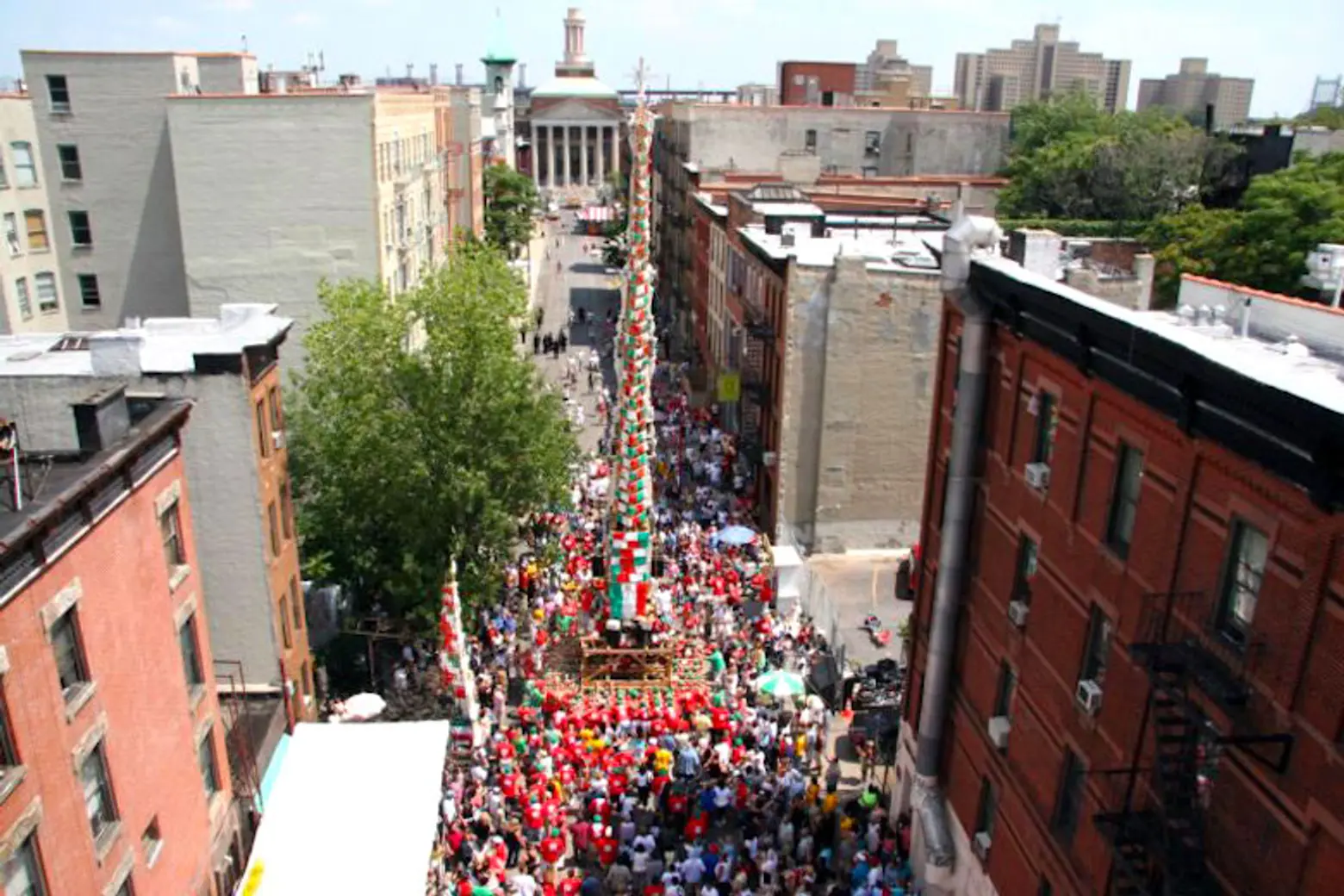
Giglio Feast, via Wiki Commons
Celebrations were a given. The biggest one still happens: Many northsiders hailed from the city of Nola near Naples, where the “Festa dei Gigli” (feast of lilies) is celebrated every July to honor St. Paulinus of Nola, who was the city’s bishop in the fifth century. For two weeks every summer, the streets surrounding Our Lady of Mount Carmel church on Havemeyer and North 8th Streets become a sea of celebration often compared to Manhattan’s San Gennaro festival that takes over Little Italy each September.
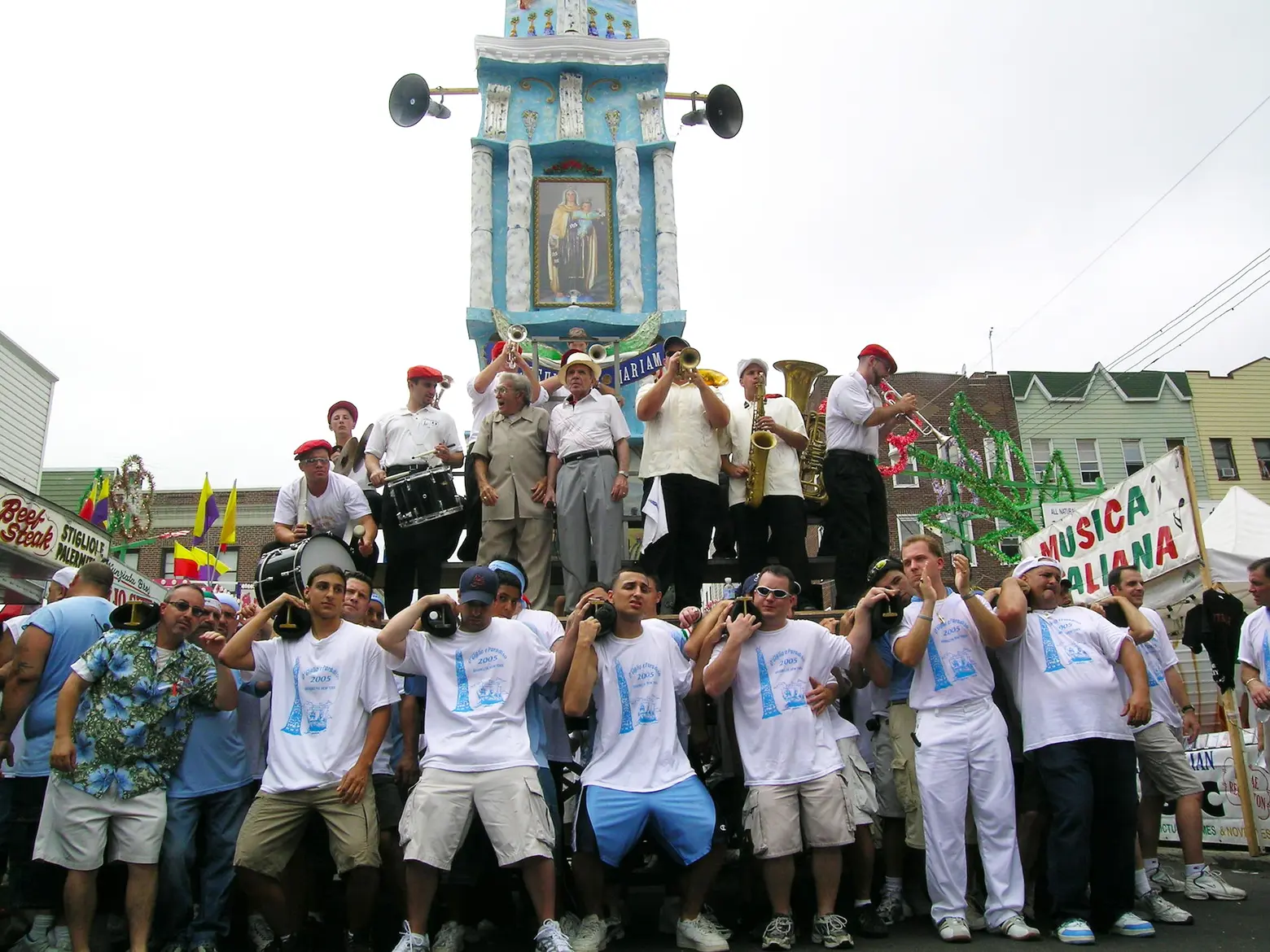
Photo via Flickr cc
The highlights of the feast are “Giglio Sundays,” when a 100-foot-tall statue, followed by a band and a singer, is hoisted up and carried through the streets. Many former residents even return each summer for the feast. The Giglio was the subject of a documentary, “Heaven Touches Brooklyn in July,” narrated by John Turturro and Michael Badalucco.
The biggest changes to the neighborhood, which also has been home to large Polish, Asian and Puerto Rican populations, came with the dawn of the 21st century (though the roots of the borough’s “gentrification” were laid decades earlier). There are still Italian-American residents in the old neighborhood–third and fourth generations, some of whom still work in the family businesses started years ago, well before the neighborhood became the birthplace of Electroclash. But so sweeping were the area’s demographic shifts that it is no longer an Italian outpost but a melting pot, much like the rest of the city.
Some old-timers remember the familiar haunts, most of which are long gone. Among the vanished, many of the social clubs and churches no longer serve as gathering places; few Italian flags fly from the porches of wood-frame and brick homes. A surprising handful of favorites still remain, though, getting new love from today’s new residents.
In addition to the annual Giglio festival, you can taste a memory or two of Italian Williamsburg at these old-school establishments.
OLD-SCHOOL FAVORITES
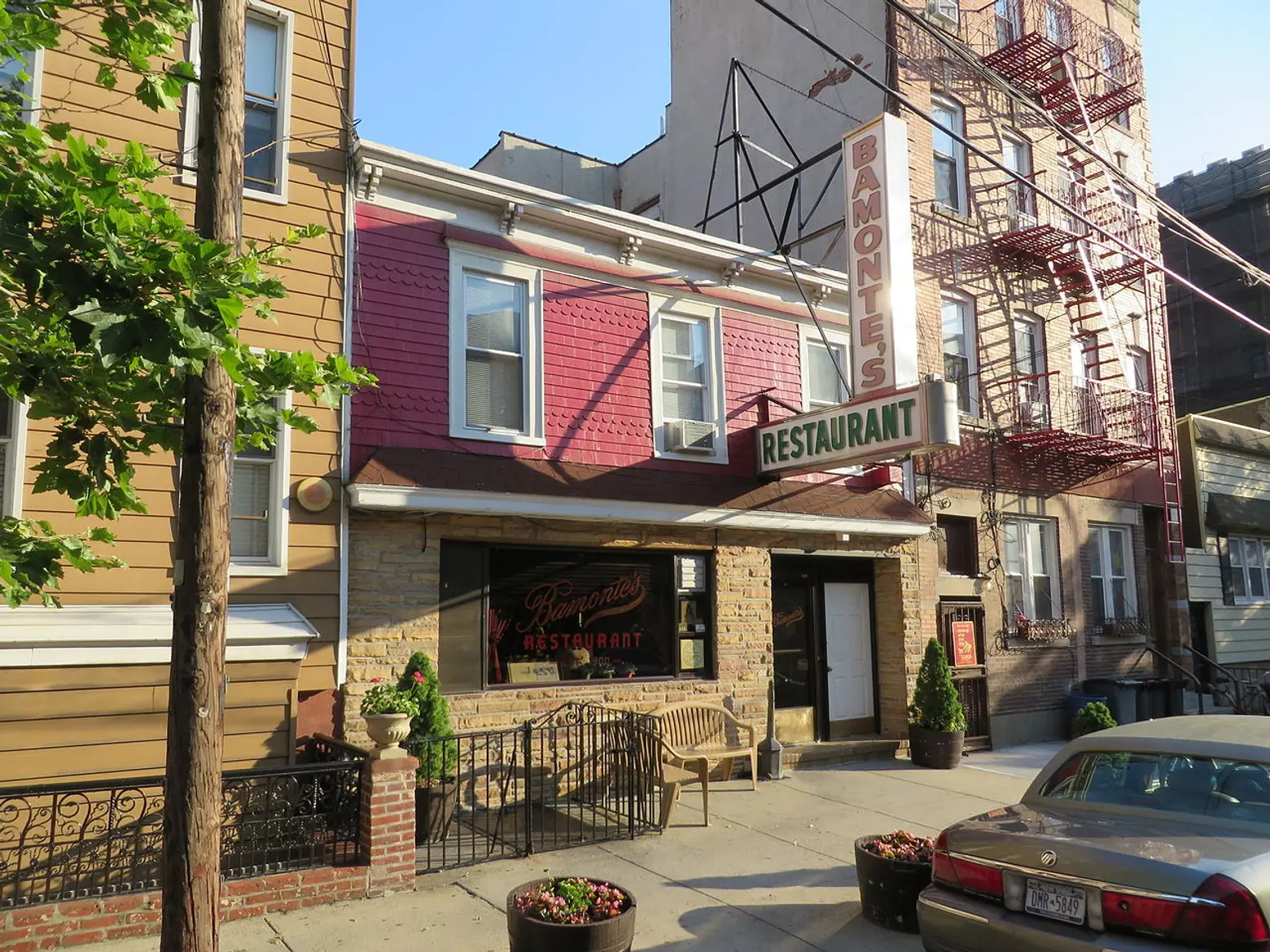 Via Wiki Commons
Via Wiki Commons
Bamonte’s
Bamonte’s at 32 Withers Street is likely to be the first name that comes to mind when anyone who knows it is asked to name a piece of Italian Williamsburg. The restaurant opened in 1900 and has continued life as a classic red-sauce establishment every decade since. The time-warp ambience, complete with servers in tuxedos and decor from the 1950s, is about as classic as the menu, which won’t wow foodies but is worth a trip for lovers of NYC culture and history.
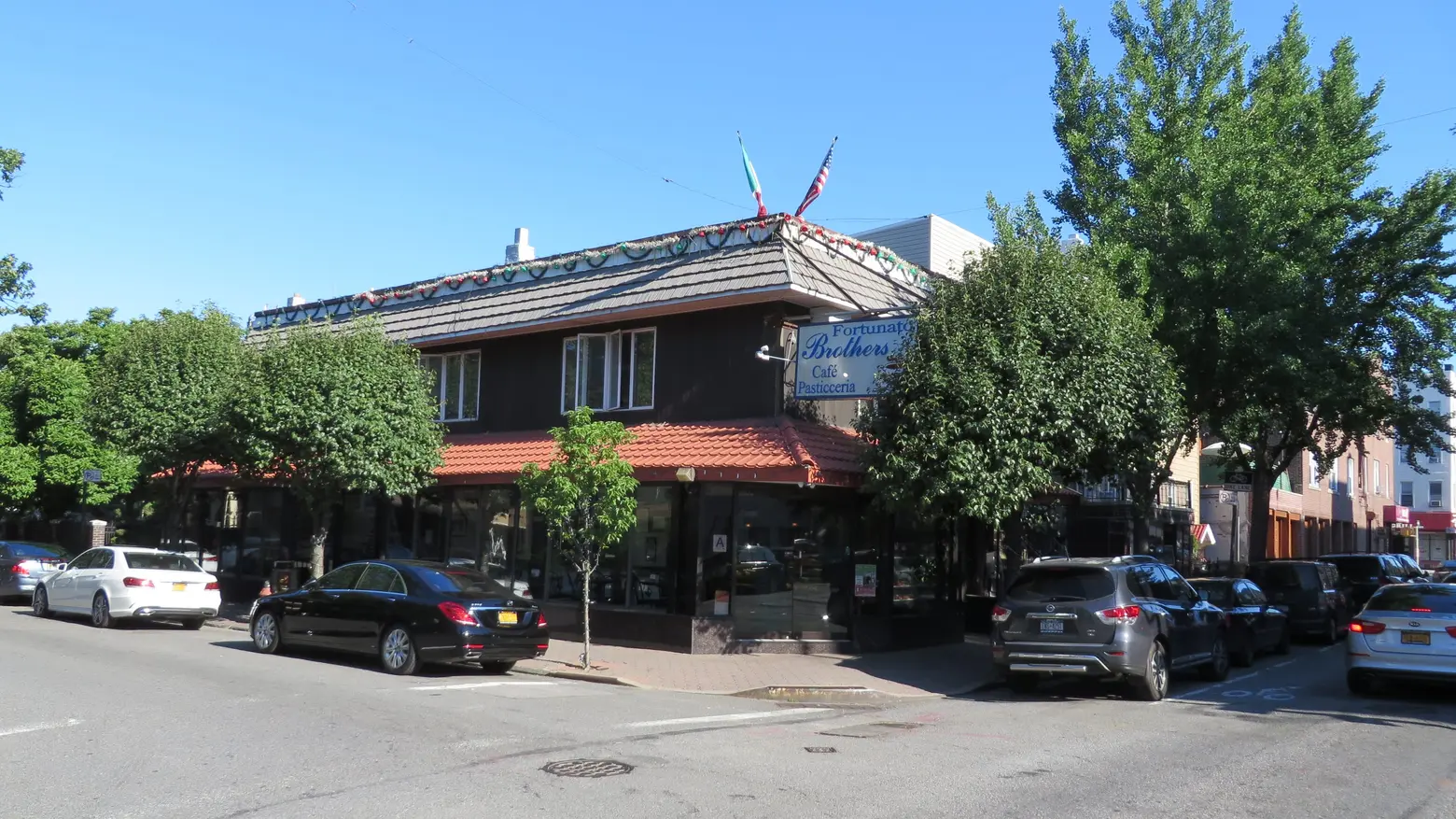
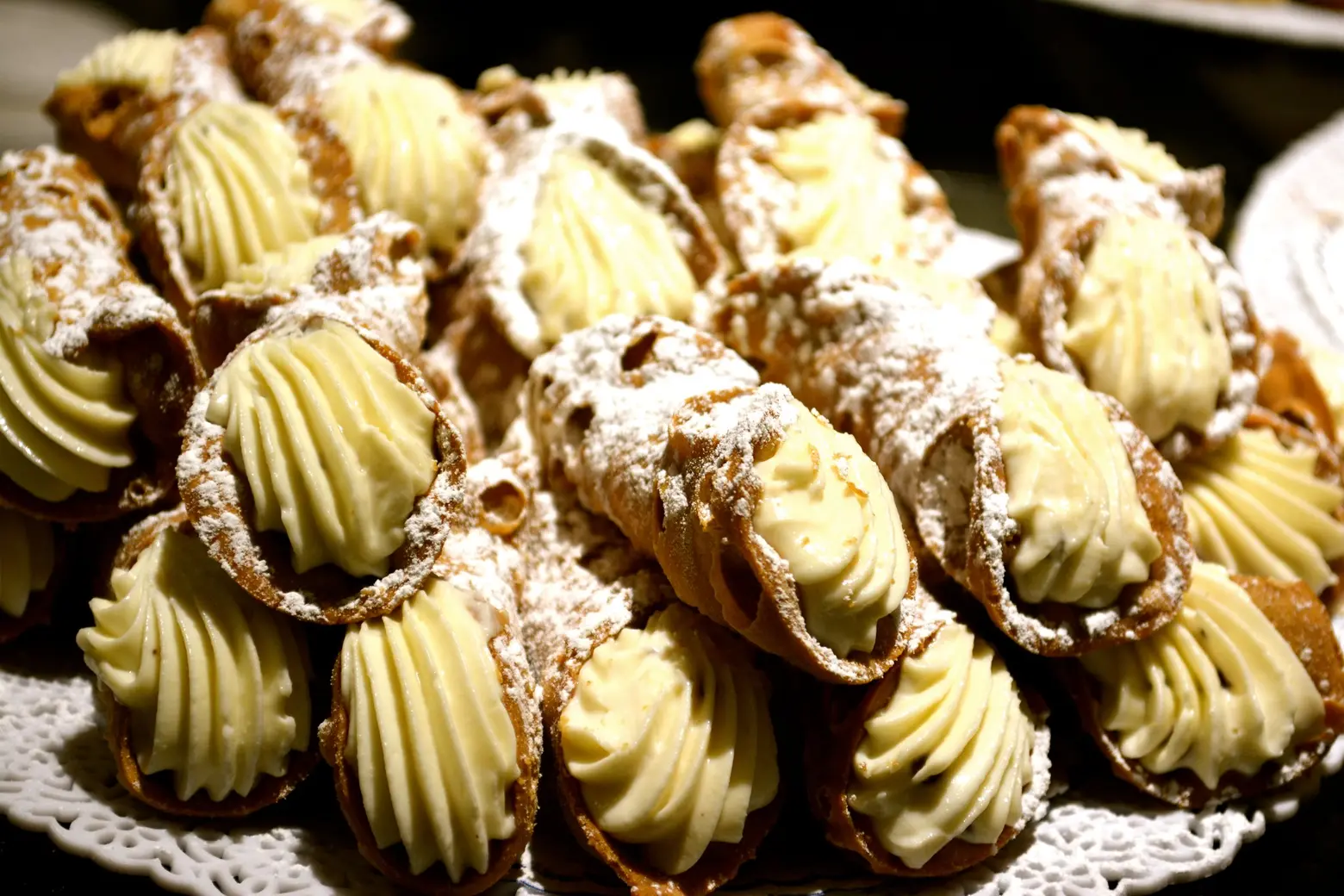 Top: Fortunato Brothers via Wiki Commons; Bottom: Fortunato’s cannolis via Yelp/Flickr cc
Top: Fortunato Brothers via Wiki Commons; Bottom: Fortunato’s cannolis via Yelp/Flickr cc
Fortunato Brothers at 289 Manhattan Avenue has been selling Italian pastries to those who love them since 1976. They’re known for their affogatos and cannolis and worshipped for their gelato. The bakery is also well known for their skill at creating marzipan art (check out the marzipan fish at Christmas). Beyond the treats behind glass, in a city where real Italian bakeries are becoming scarce, the cafe, located in a quaint clapboard-and-stone-clad house, is full to the brim with old school charm.
While not as iconic as Bamonte’s, this “specializing in seafood” (as the awning outside reads) dining establishment at 193 Frost Street opened in 1959, a time when yet another wave of southern Italian immigrants settled in the neighborhood. If you’re looking for lots of garlic, lots of red sauce, and, yes, seafood, you won’t be disappointed here.
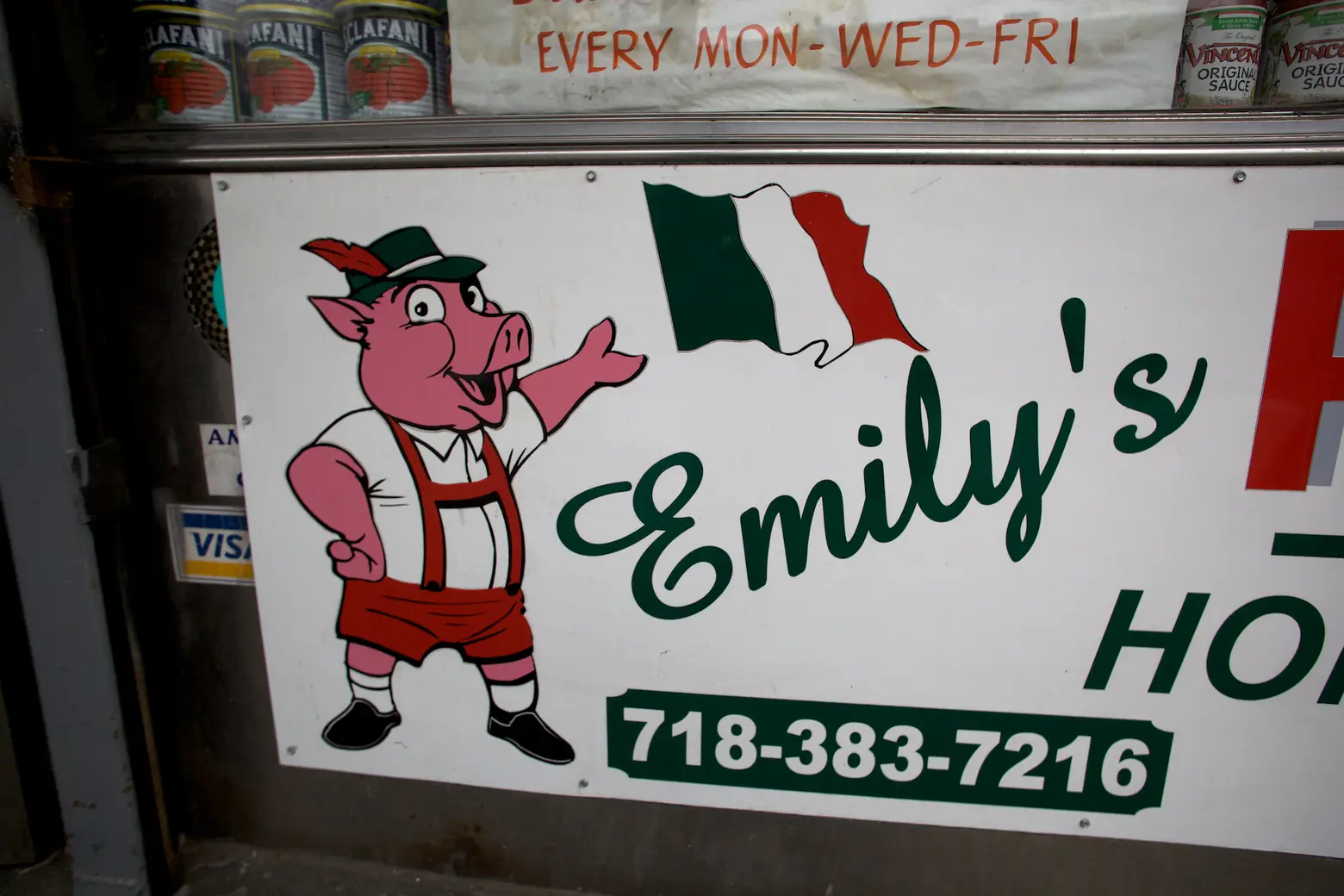 Emily’s Pork Store’s sign via Flickr cc
Emily’s Pork Store’s sign via Flickr cc
Emily’s Pork Store
In the fine “pork store” tradition, some consider this old-style Italian grocer at 426 Graham Avenue is one of Brooklyn’s best-kept secrets. It opened in 1974, and the grocer, meat market, and sandwich shop has been a go-to for Italian sandwiches in the 40 years since. Owner Gennaro “Jerry” Aliperti put in his first hours behind the counter here at age 13–and he’ll attest that little has changed within its walls since then.
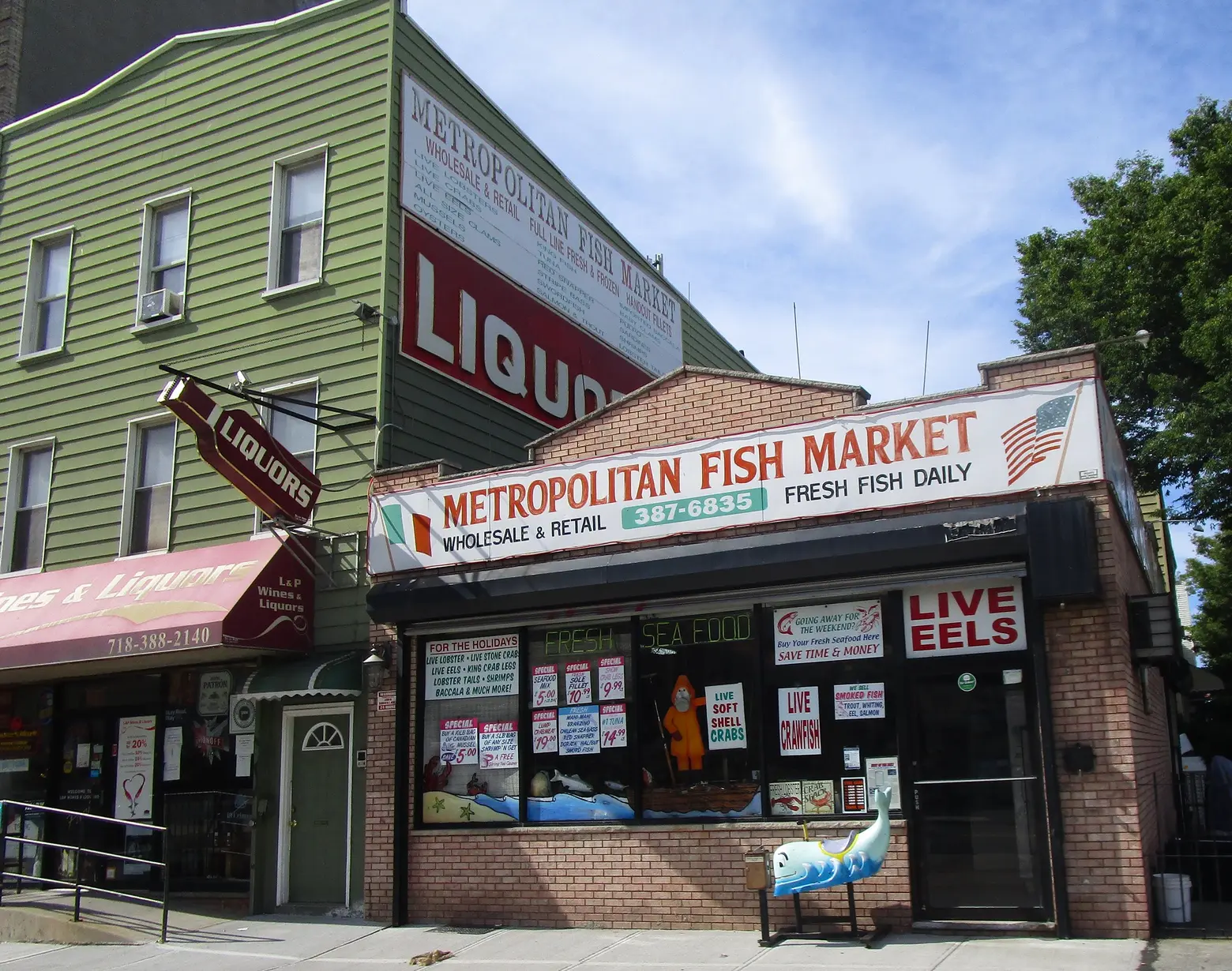 Via Flickr cc
Via Flickr cc
When this fish market opened at 635 Metropolitan Avenue near the BQE in 1994, it was one among many on the block. Now it’s among the last in the neighborhood. The shop is known for great deals on lobster and, of course, fresh fish. Metropolitan sells to restaurants in both in Brooklyn and Queens as well as walk-in customers. With lobster and live eels in tanks and old-time fishing-village decor, it’s a rare reminder of what shopping for food used to be like. Owner Pat Zollo grew up on nearby Withers Street; his uncle Mario runs Mario’s Meat Market down the street.
This old-school meat market actually opened its Williamsburg location at 662 Metropolitan Avenue in 2000, but their Queens location in Middle Village dates back to 1980. The store’s owner, 74-year-old Mario Vollo, will oblige with pretty much any cut of meat you’d like. He’s known as much for his brusque manner and thick Italian accent as for having some of the best-priced meats in the city.
Napoli Bakery
You might not be able to live by bread alone, but the specialty and classic offerings at this brick-oven bakery at 616 Metropolitan Avenue have provided sustenance for the neighborhood and beyond since 1981. Favorites include round bread, neapolitana bread, sourdough, lard bread, broccoli and cheese, sausage and pepper, focaccia, semolina, and whole wheat. Other highlights include homemade biscotti and packaged Italian specialties.
This takeout-only (and catering) spot at 433 Graham Avenue has been serving classic Italian sandwiches since 1994, including 25 different paninis and over 30 heroes. They’ve kept up with the times, so you can follow them on Instagram to get the craving started.
NEWCOMERS
Lella Alimentari
Run by the husband-and-wife team of Massimiliano Nanni and Paola Citterio, this bustling food shop at 325 Manhattan Avenue offers Italian staples like dried pasta, olive oil and canned tomatoes from a chic, rustic storefront. Regulars stop by in the morning for coffee and breakfast, and they’re open all day for dishes made with hand-baked bread and other simple ingredients. Brunch is a favorite, too. The owners are no strangers to the New York City restaurant scene: Nanni opened the Greenwich Village gem Piadina over 20 years ago and is also an owner of Bed-Stuy favorite Saraghina and a partner in Bushwick’s Union Pizza Works.
The (relative) newcomer that has become one of not only Brooklyn’s but New York City’s favorite Italian restaurants is conveniently located at 567 Union Avenue in a neighborhood that has seen so many of them come and go. With star chef Missy Robbins (Barbuto) at the helm, it’s tough to get a table to enjoy the pasta, seafood, and meats perfectly prepared here, but there’s plenty of time to keep trying, as it doesn’t look as if Lilia is leaving anytime soon.
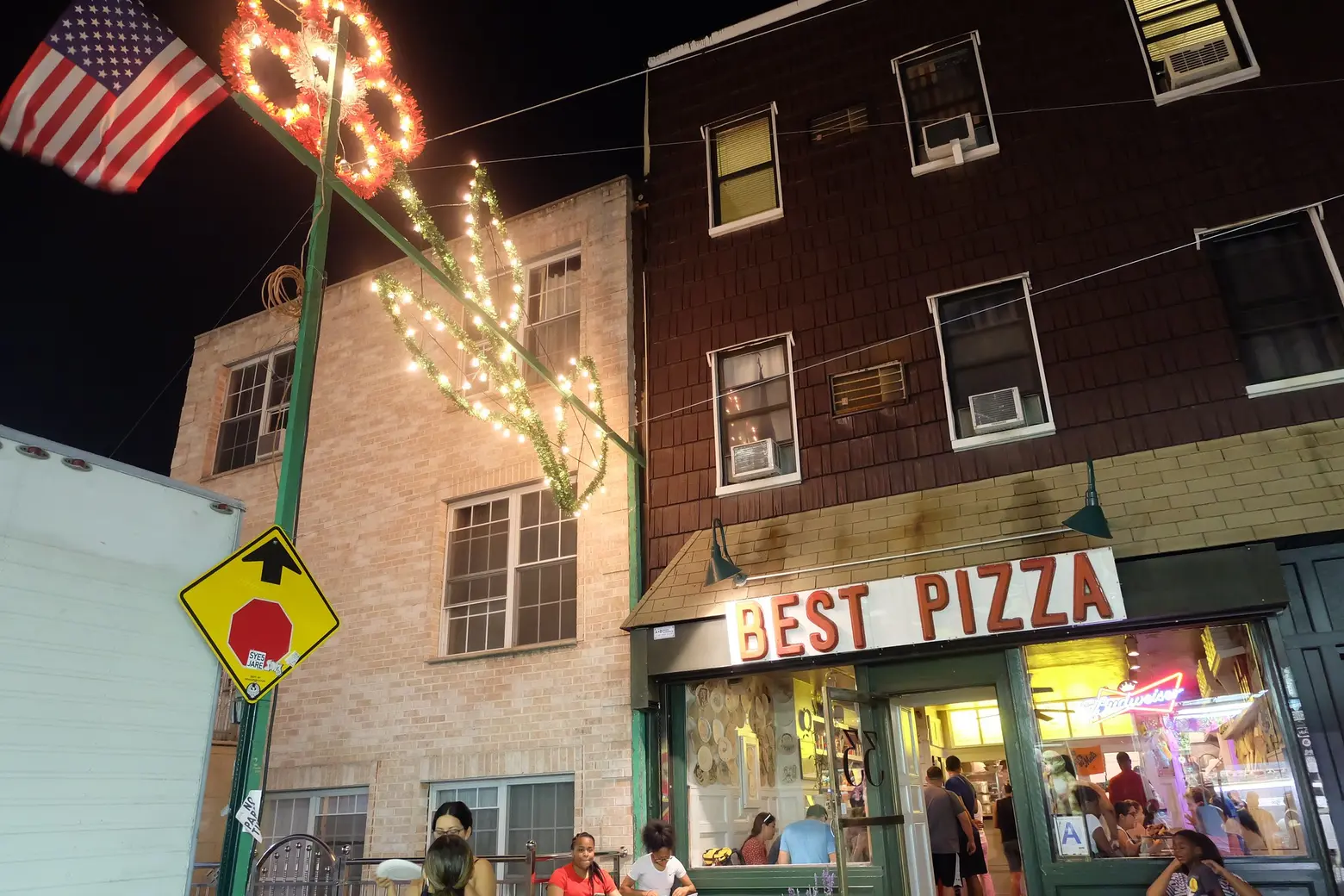 Via Flickr cc
Via Flickr cc
The name is generic, sure, but at least it’s not Ray’s. The pizza is actually said to be quite good here, and though the business opened at 33 Havemeyer Street in 2010, the brick oven on the premises of an old bakery is over 100 years old. Owner Frank Pinello calls on his Bensonhurst roots, Sicilian heritage, and New York City pizzeria tradition to inspire the pies and slices at this high-quality neighborhood slice joint.
Though this restaurant calls itself “Mediterranean,” it’s worth remembering that Italy is actually on the Mediterranean. The name comes from a tag game played on the streets of Brooklyn since the early 20th century. Fresh pastas anchor the menu, and classic old-world decor provides a suitable frame for the spot at 490 Humboldt Street.
View this post on Instagram
#porterhouse #40oz #nyc #brooklyn #celebrationdinner #deliciousness #foodporn #destefanossteakhouse
Established in 2007 as ”a tribute to the DeStefano family and all those families that made the borough of Brooklyn and the Williamsburg community a great place to live,” this meat-and-potatoes steakhouse at 89 Conselyea Street may be the first in the neighborhood to offer competition to the venerable Peter Luger’s. The decor is strictly old-school Brooklyn, and some patrons may likely be, as well.
+++
CLICK HERE to learn more about the Barak | Blackburn team and see all of their current listings.
Interested in similar content?
Leave a reply
Your email address will not be published.
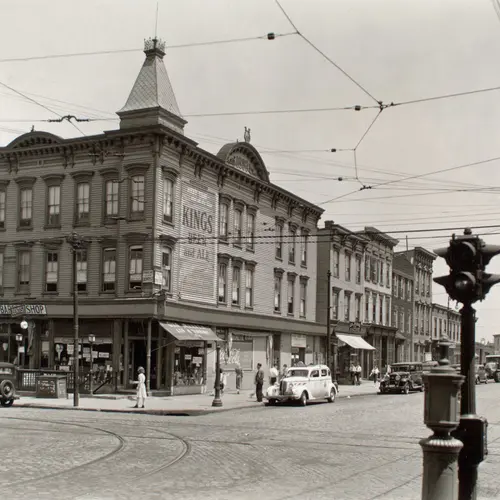
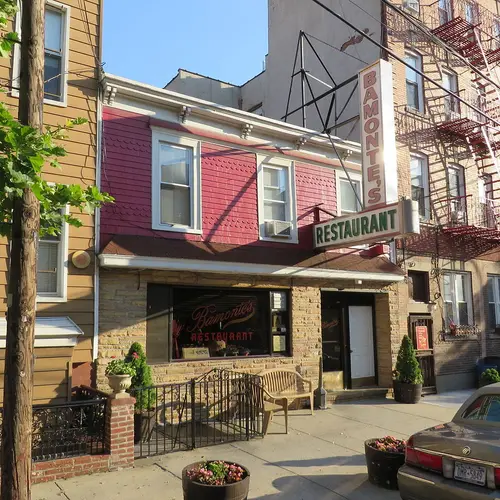
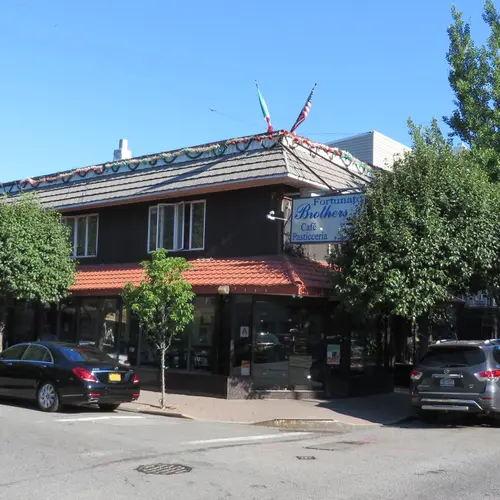
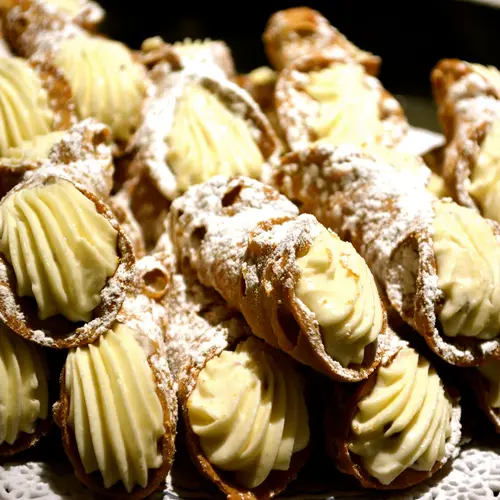
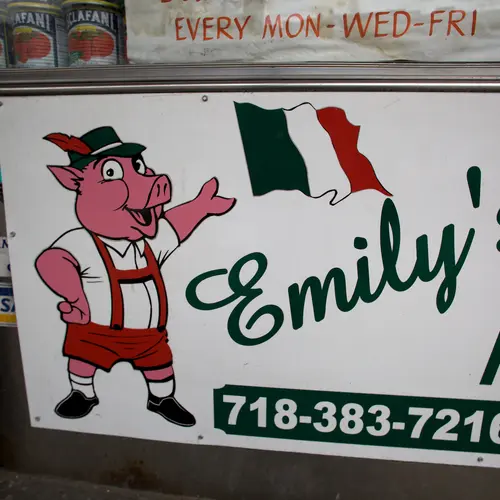
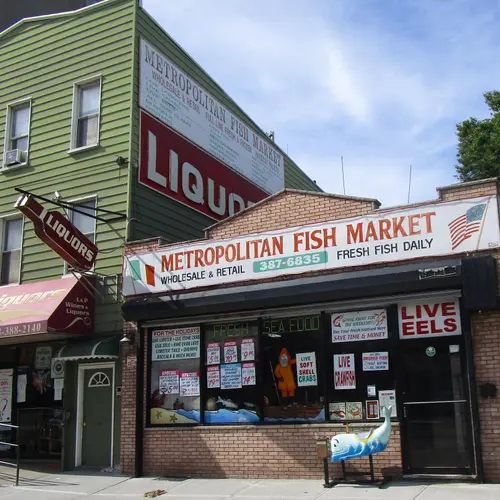
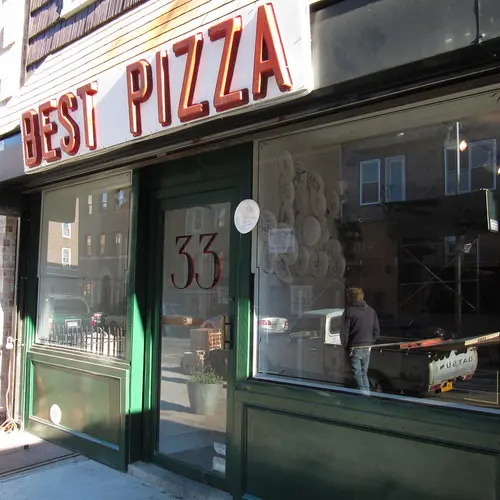
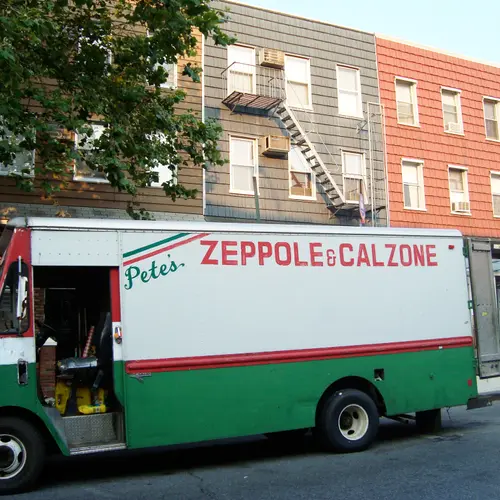
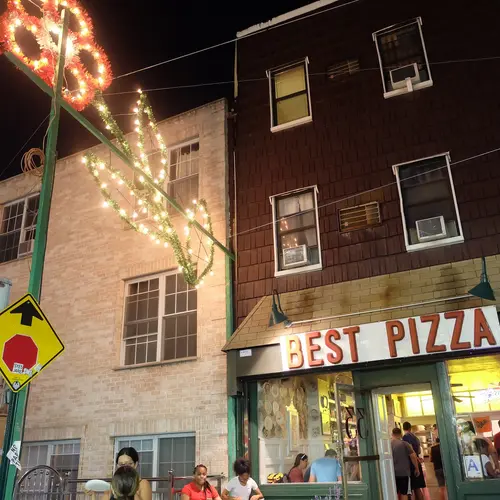

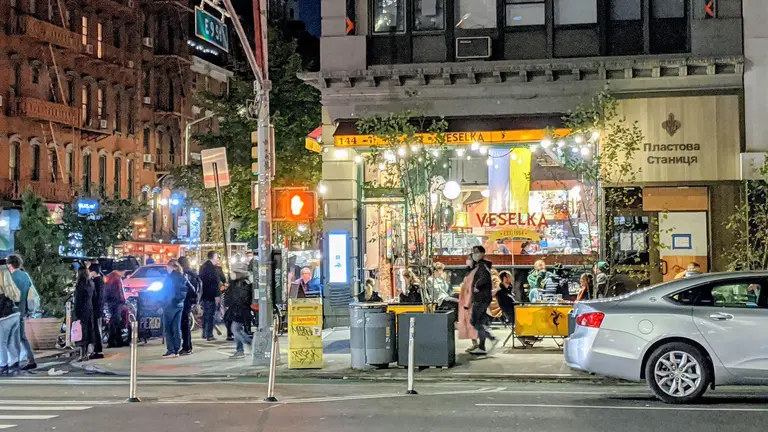
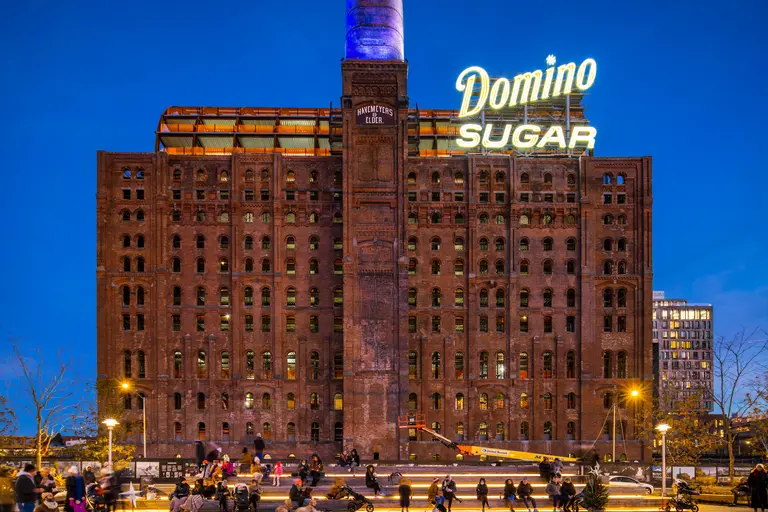
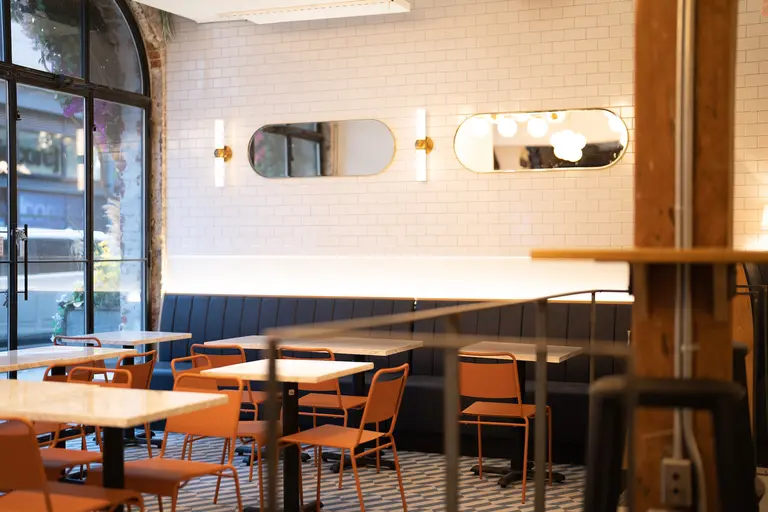
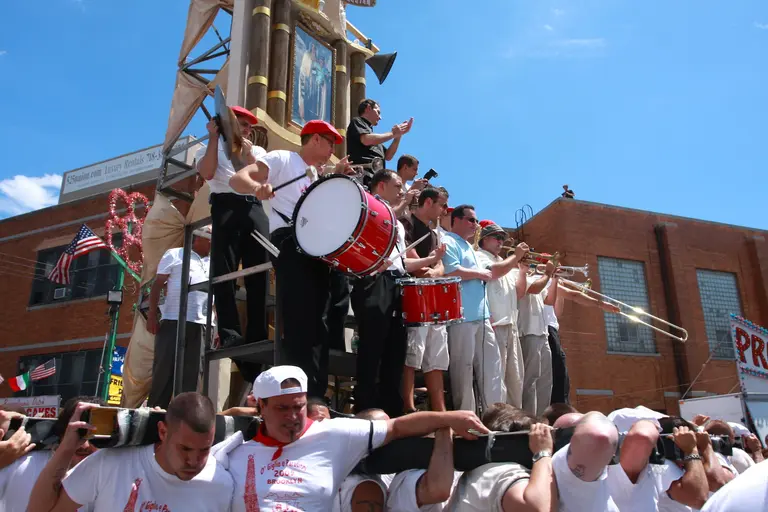
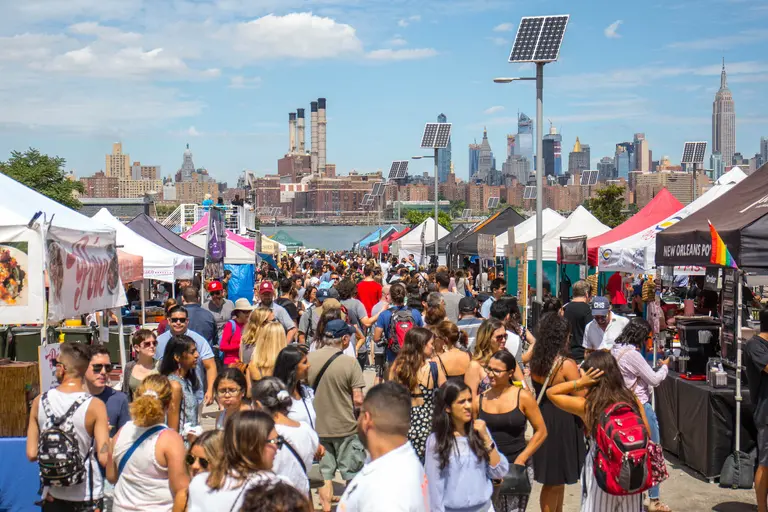





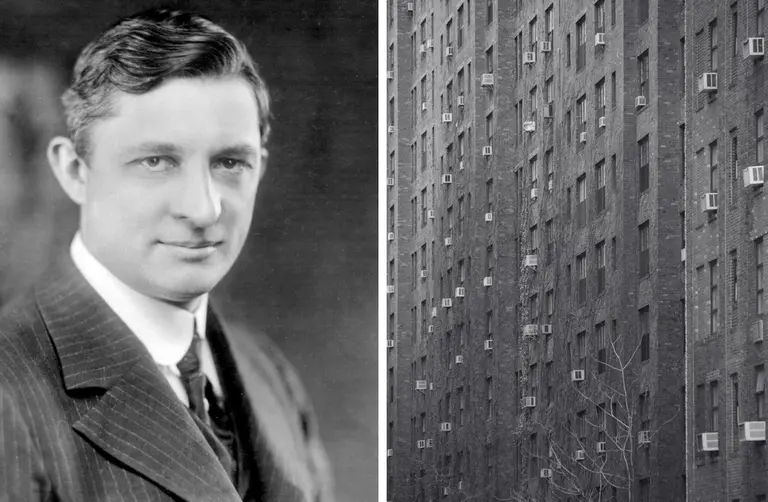
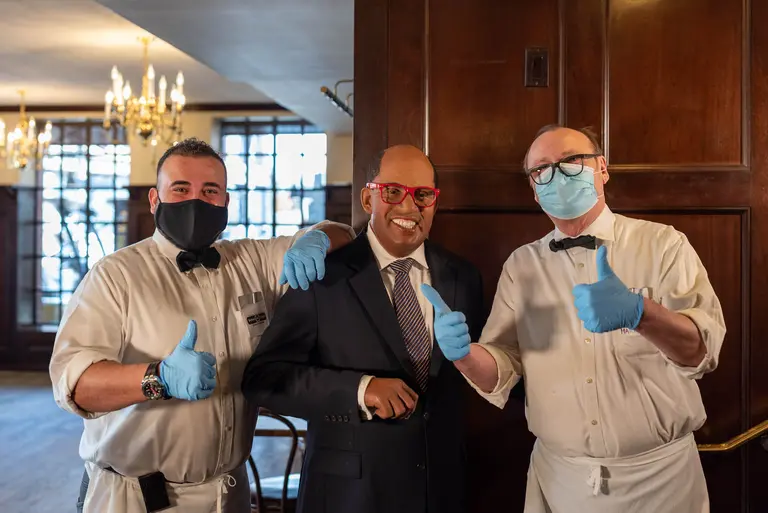
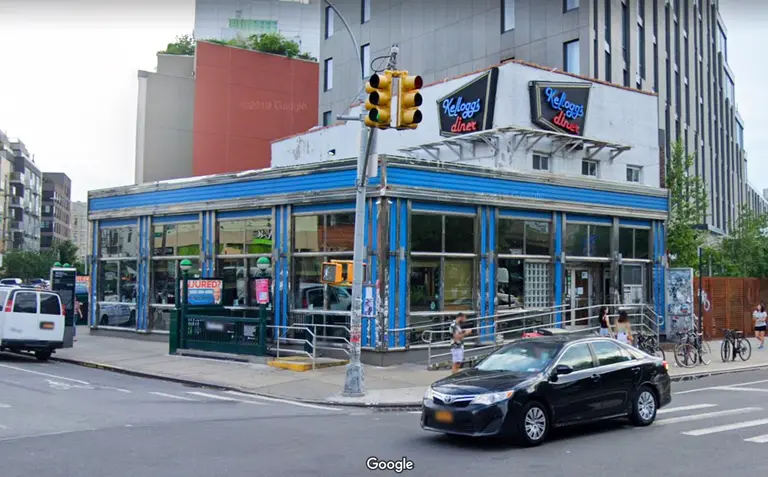
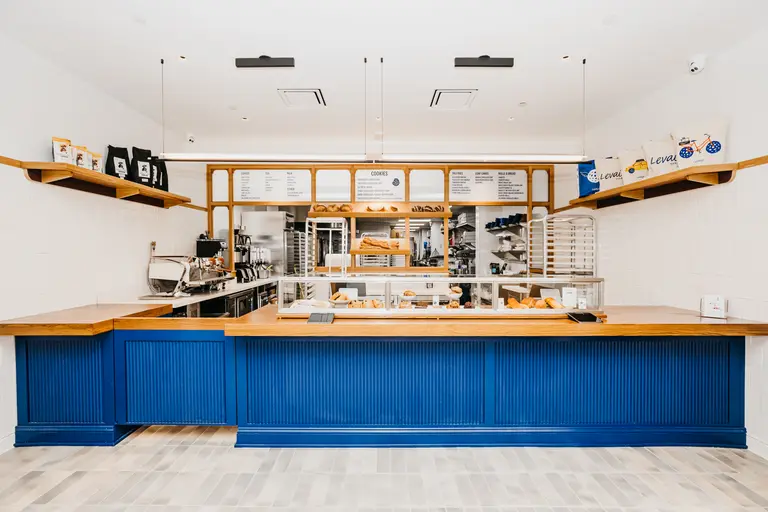
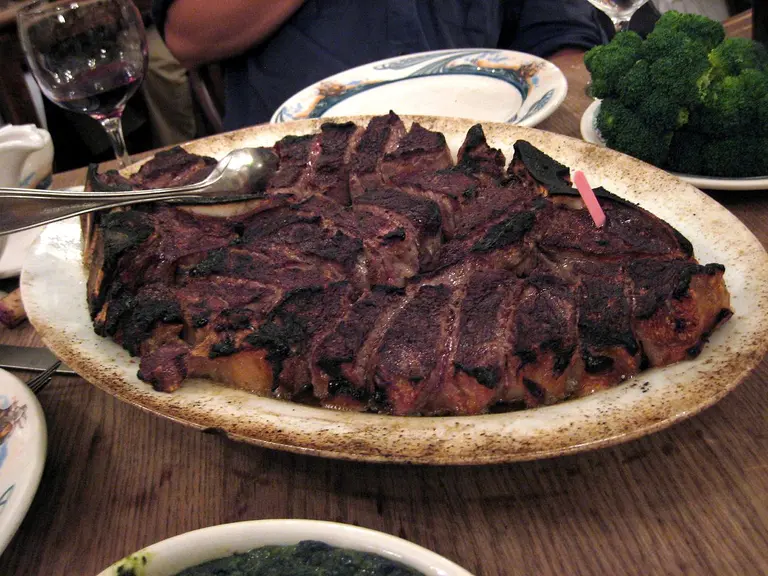












I am trying to fine information on the Withers Street Bakery that was located on the corner of Graham Avenue and Withers Street in Williamsburg Brooklyn.